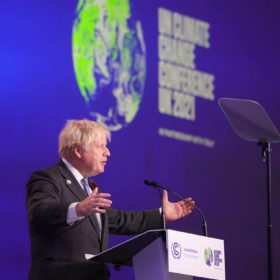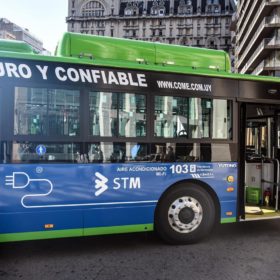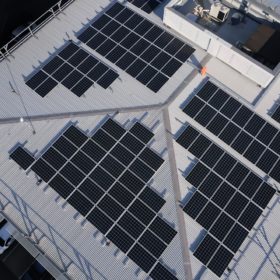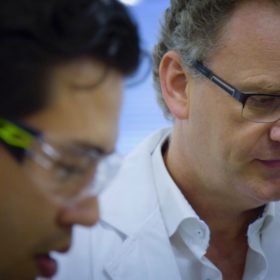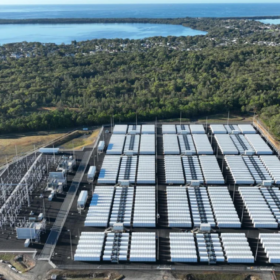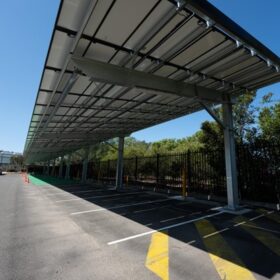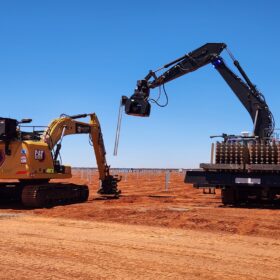Not a total COP out … except for Australia
Opinions are rife and varied in the wake of the COP26 UN Climate Change Conference. What can we take away from discussions in which the Australian Government positioned itself as a climate pariah?
Distribution networks set to shrink: standalone solar hybrid systems are safer, more reliable
Western Australia leads the world in successfully implementing renewables-based energy generation for far-flung customers. Unique joint venture and pioneer in the field, Boundary Power, has been widely recognised for its innovations and is ready to repeat its SAPS successes across Australia and the Asia-Pacific.
Analysts revise up zero-emission vehicle forecast after bumper year
A report published by BloombergNEF for the COP26 climate change summit has listed global commitments by cities, states, provinces and nations to end the sale of new fossil-fuelled vehicles but, with 2035 estimated as the cut-off date for zero-emission roads by mid century, policymakers need to be more ambitious.
FRV signs JV to develop 500 MW of solar across Tasman
Fotowatio Renewable Ventures’ Australian platform has shifted its attentions to across the ditch, teaming with one of New Zealand’s largest energy providers in a joint venture which will develop up to 500 MW of solar PV capacity over the next five years.
Basslink enters voluntary administration amid legal dispute
The companies that own and operate the Basslink undersea power cable linking Tasmania and Victoria have entered voluntary administration amid a legal dispute with the Tasmania government over an outage that occurred six years ago.
CCS link takes shine off $500 million plan to boost CEFC funding
Federal government plans to expand the mandate of the Clean Energy Finance Corporation so it can invest in carbon capture and storage technology have been criticised as “yet another attempt to prop up Australia’s thermal coal industry, at the expense of renewables”.
Australia’s hottest town now has a battery to store its excess solar
The town of Marble Bar in Western Australia’s remote East Pilbara region is famed for at one time recording 100 consecutive days of temperatures exceeding 37 degrees Celsius. So it’s no wonder the town’s residents have excess solar and nowhere to put it. That is, until now, thanks to the installation of a battery energy storage system beside the town’s centralised solar farm.
Melbourne could meet 74% of its electricity needs with solar
Buildings in the City of Melbourne could provide 74% of their own electricity needs if solar technology is fully integrated into roofs, walls and windows, new research from the ARC Centre of Excellence in Exciton Science has found.
Zinc-bromide battery company Gelion to deliver 100 MWh of storage in PNG partnership
Sydney-based zinc-bromide battery technology company Gelion will deliver 100 MWh of energy storage to Mayur Renewables for its clean energy projects in Papua New Guinea under a new deal.
Aussie company claims its hydrogen plane is just 18 months away as Fortescue too moves on aviation
Aviation H2 today it announced it has appointed a team of engineers to fast-track its ambitions of building Australia’s first hydrogen-fuelled aeroplane. The company is, however, rather enigmatic, without a website and wholly owned by Liberty Energy Capital, which itself falls into rabbit hole of ownerships. The plan comes on the same day one of Australia’s biggest renewable hydrogen players, Fortescue Future Industries, announced it’s joined forced with Los Angeles-based Universal Hydrogen to enter the aviation space.
